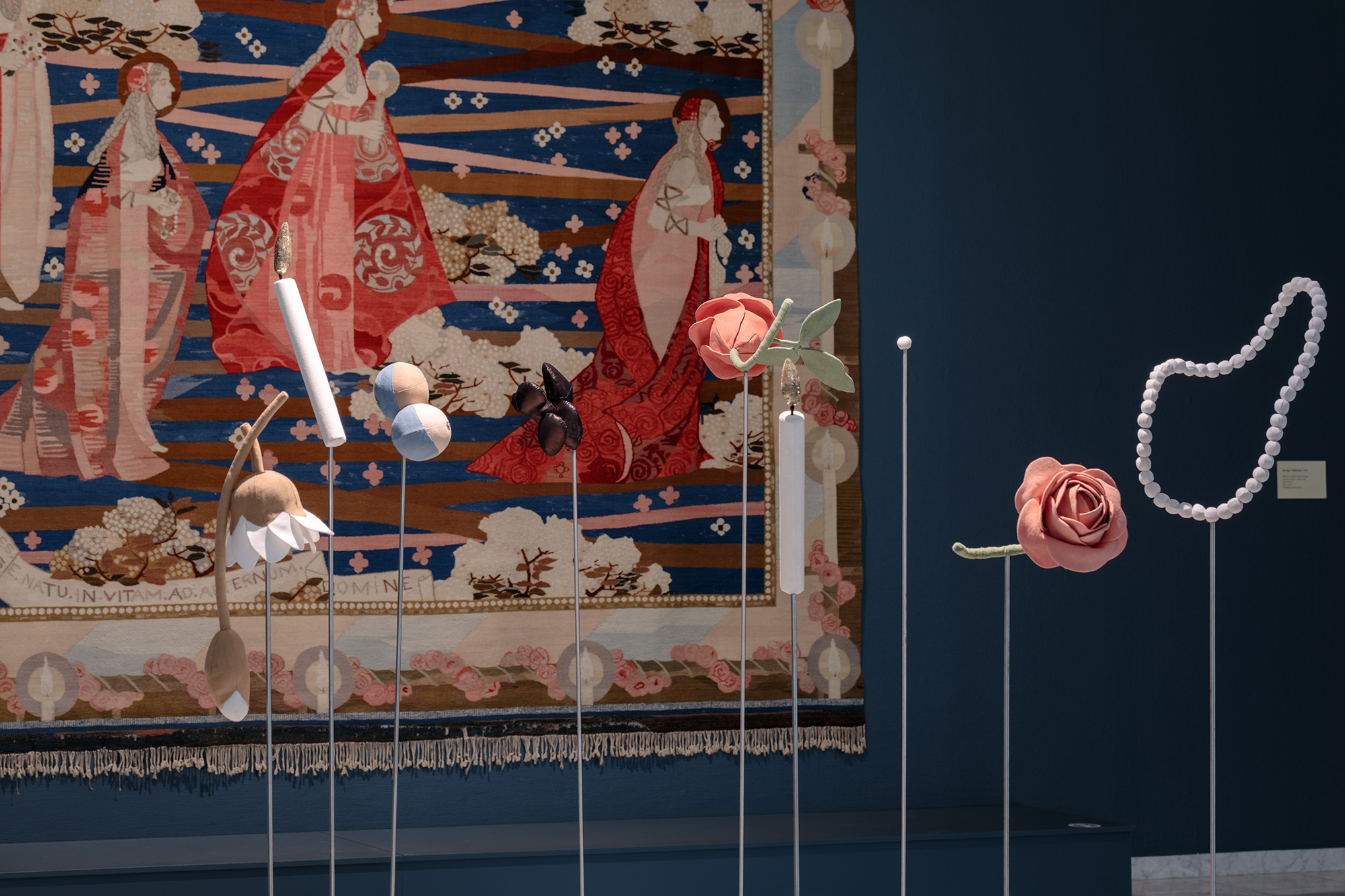Heather Jones: Can you tell us about the history of the museum’s collection and its current state? How and when was the collection started, and what significant additions have been made over the years? I’m thinking specifically of some of the “sub-collections” such as Lars Hertervig and Frida Hansen, and how they combine with individual works in the collection.
Hanna Beate Ueland: The collection that now forms the basis for Stavanger Art Museum’s collection began as a private initiative by the founding members of Stavanger Kunstforening (the Stavanger Art Society). The father of Alexander and Kitty Kielland, Jens Zetlitz Kielland, himself an amateur painter, was on the board and insisted that the first paragraph of the art society’s founding documents should state the intention to form an art collection. This was 1865, and in the following years the society acquired works by artists such as Lars Hertervig, Kitty Kielland, Hans Gude, Olaf Lange, Knut Baade, Harriet Backer, Carl Sundt-Hansen and Christiane Schreiber. The society had no permanent location until 1893, when it started sharing premises with Stavanger Museum. However by 1915, the museum required all of its own building space, so the art society built a temporary structure on its own property on Madlaveien. The building standing there today was built ten years later.
In 1915, the Permanent Collection contained 45 artworks. By 1935 its holdings had increased to 165 works, and by 1966 it had 354 works. The Permanent Collection was built primarily through gifts and purchases that were funded by endowments. In 1966, the regional government took over responsibility for the collection, and it came to be organized under the foundation Stavanger Faste Galleri (Stavanger Permanent Gallery). After 1966, this art gallery and the art society separated into two distinct institutions, each with its own leadership and board of directors.
In 1990, Stavanger Faste Galleri was renamed Rogaland kunstmuseum (Rogaland Museum of Fine Arts), then in 2010 Stavanger kunstmuseum (Stavanger Art Museum). When the art museum moved into its current purpose-built premises in the park alongside Mosvann Lake, its collection consisted of 1,429 works. It has since grown to include 2991 artworks.
The establishment of the art collection in Stavanger coincided with the establishment of a national identity in Norway, hence the dominant interest in landscape painting. Notably the founding members of Stavanger Kunstforening also collected works by Harriet Backer and Christiane Schreiber, the latter being one of the first female artists to study in Düsseldorf. Mostly recognized for her portraits, her long lasting relationship with the Swedish painter Sophie Ribbing has also been of interest to contemporary artists and art historians. Local artist Olaf Lange also stands out among the early acquisitions because of his interest in European politics and a wider European cultural heritage that also came to influence his artistic practice. Lange later bequeathed a large number of artworks to the collection, among them several examples of his colour etchings from the early 1900s, Art Nouveau works that stand out with astonishing technical perfection and interesting cultural references.
Notably both Lars Hertervig and Kitty Kielland were among the first artists to be included in the collection. They were local artists from slightly different generations and contrasting social backgrounds. Lars Hertervig’s poor family background was a challenging starting point for an artist of his day. It was the financial support of local businessmen that made it possible for him to go to Düsseldorf to study painting. Most of Hertervig’s paintings on canvas were made in the 1850s and 60s, inspired by the romantic landscape painters from the Düsseldorf school.
Kitty Kielland grew up admiring the works of Lars Hertervig. Her father was one of the wealthy local patrons who supported Hertervig’s education. Her early aspirations towards becoming a painter included studying the works of Hertervig. One example of these studies is today included in the collection of the National Museum of Art, Architecture and Design and was part of Stavanger Art Museum’s exhibition of her work in 2017. Kielland developed into an open-air landscape painter who made a vital impact on the development of the Neo-romantic painting in Norway in the 1890s.
Kielland became an important artist during her lifetime, and after moving to Paris in 1879 she exhibited at the Academie des Beaux-Arts Salon regularly. In 1889, she exhibited four paintings and won a silver medal at the Exposition Universelle in Paris. Since she was based in Paris, she also undertook the role of organizer for the other Norwegian artists participating in the exhibition. As an influential artist, she also tried to convince the collections committee for the National Gallery in Oslo to acquire pieces by Lars Hertervig for their collection. Upon her death in 1914, she left a large financial endowment to the museum for the collection of young and upcoming Norwegian art.
In addition to gifts and acquisitions based on endowments, the collection has also been shaped by long-term loans. This has been problematic in some cases. For instance, in late 2016, we were informed that the owner of one of the Hertervig paintings, which had been exhibited in the museum since the late 1990s, wanted to sell the painting for six million NOK. The museum had a huge challenge on our hands trying to secure the painting for the public. Luckily, Sparebankstiftelsen DBN (the DnB Savings Bank Foundation) was willing to buy the painting and submit it to the museum with a more secure long-term loan contract.
Frida Hansen’s artwork was introduced to the collection at a much later stage than Kielland and Hertervig. The first four works came to the museum as long-term loans owned by SR-bank in 2009. Since the museum’s Frida Hansen exhibition in 2015, we have acquired six more works for the collection; one work has been given to the museum and two works are on long-term loans. In total we now have ten tapestries and one watercolor sketch by Frida Hansen in Stavanger Art Museum. It is of great importance that most of these works are owned by the museum, but it would not have been possible to acquire the larger works without contributions from private collectors. Semper Vadentes, widely recognized as a major work by Frida Hansen, was included in the collection in 2016. To collect this work, we used funding that had been left to the museum by Solveig Nag Larsen, who bequeathed her estate to the museum in 2005. The equally important Danaidernes kar was purchased with the generous support of local art collectors Tone and Tor Dagfinn Veen.
The Frida Hansen collection stands out in the museum, but her textile works also have connections to recently acquired contemporary works as well as ethnographic works in the Jan Groth and Steingrim Laursen collection. Contemporary artist Ask Bjørlo draws much inspiration directly from Hansen’s work. Newly acquired textile works by Elin Melberg and Aslaug Juliussen have historical reference points in the works by Frida Hansen and other pioneering textile artists. The artworks in the Jan Groth and Steingrim Laursen collection adds another dimension to the historical understanding of textile works. The collection holds approximately 650 works and was established in 1995 by artist Jan Groth. When his partner Steingrim Laursen died in 2007, his collection was also included in a generous gift to the museum. The textile works in the collection include several ethnographic works, for instance a large textile from the Kuba people of Zaire (now Democratic Republic of the Congo) made in the 19th century.
In addition to a large group of ethnographic works, the Jan Groth and Steingrim Laursen collection also has an impressive representation of American art from the 1960s and 70s, with works by artists such as Sol LeWitt, Donald Judd, Robert Morris, Tony Smith and Robert Rauschenberg. Also included in the collection are Scandinavian artists including Asger Jorn, Sonja Ferlov Mancoba, and Edvard Munch. As such, this sub-collection adds an interesting international perspective to the Stavanger Art Museum’s collection.
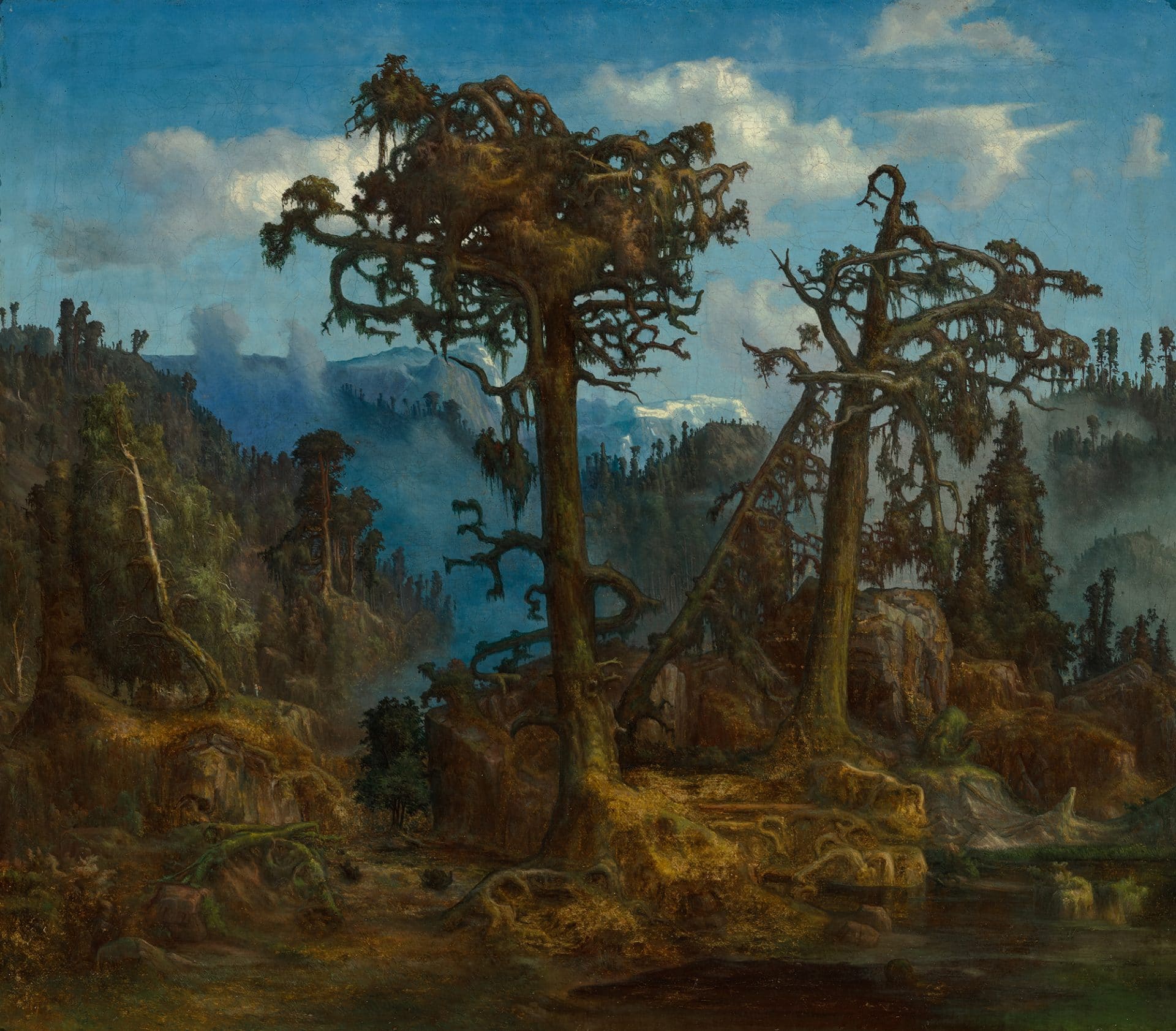
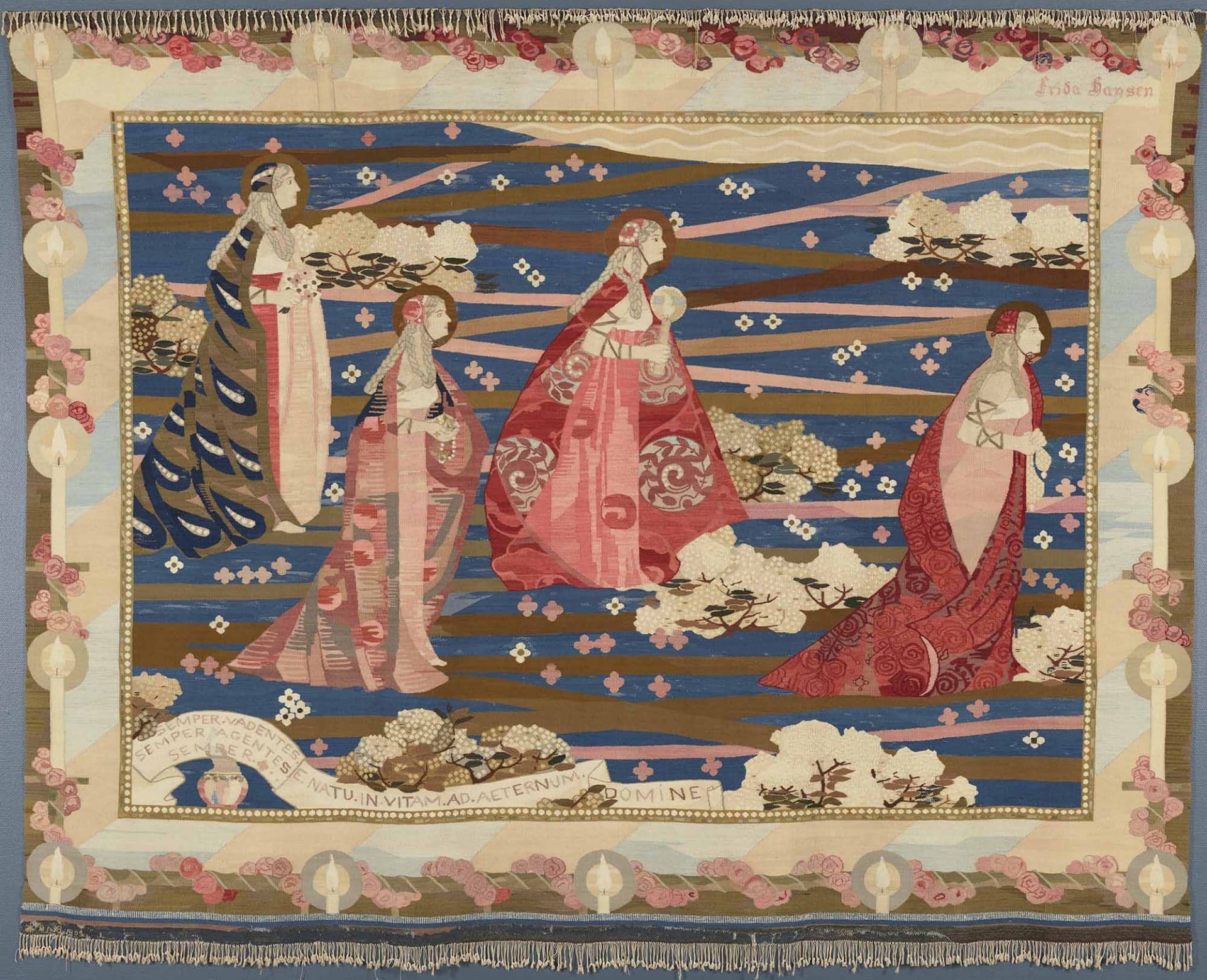
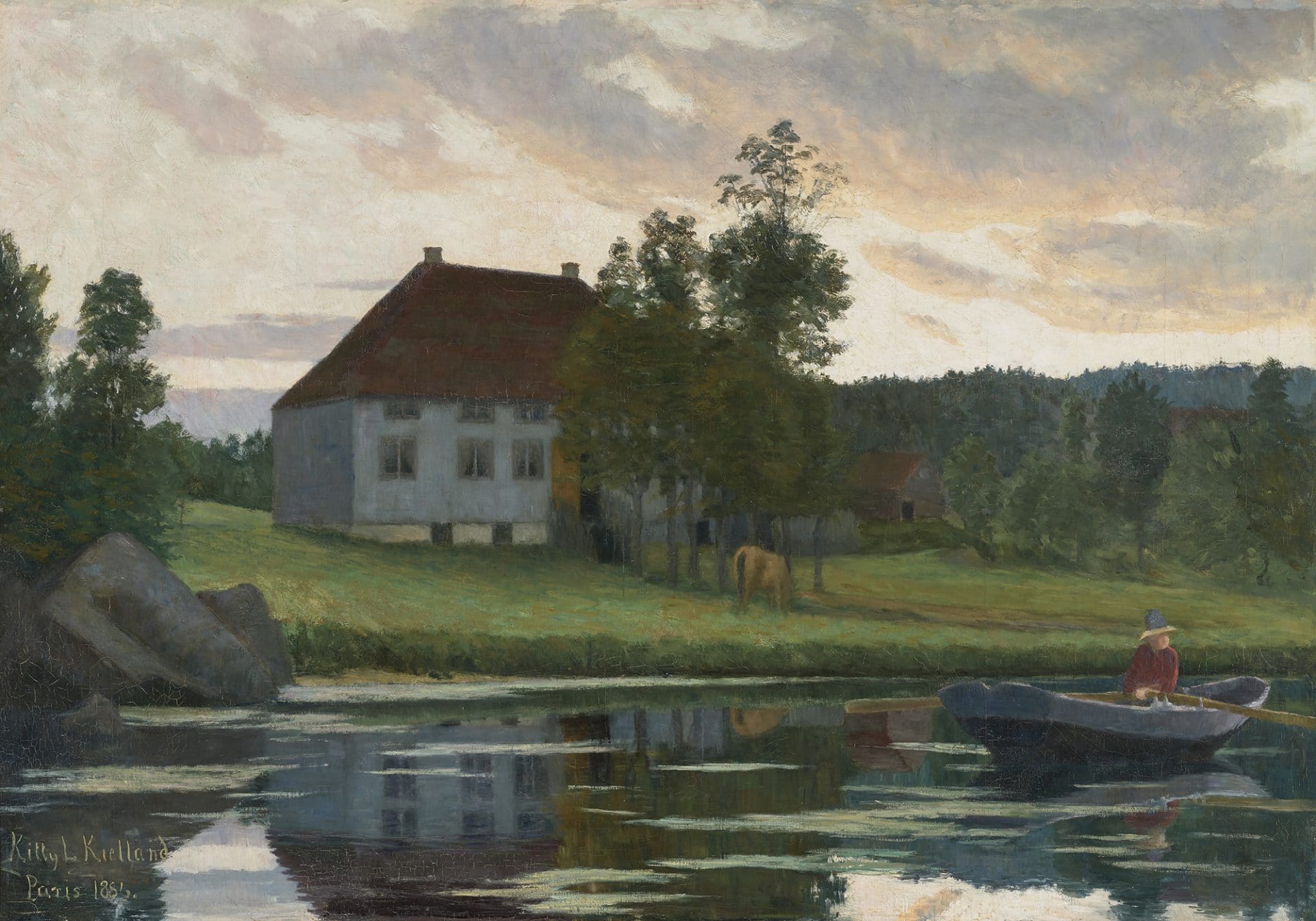
HJ: Is there a guiding curatorial concept for the collection, how has the museum’s approach to collecting changed over time?
HBU: The current development of the collection is described in the collection policy that is available on the museum’s website. This document describes four historical artists that the acquisition committee should work on specifically: Lars Hertervig, Kitty Kielland, Frida Hansen and Olaf Lange. The policy talks more openly about the focus on contemporary art, stating that we will seek to acquire “art that puts the existing collection into perspective as well as art that is relevant in a regional and international context.” The policy for collecting contemporary art is deliberately very open in the sense that it is not focusing on a specific tendency within contemporary art. The museum’s art historians and curators are currently discussing relevant perspectives within contemporary art and looking at contemporary art from the perspective of the existing collection.
Of course, the collection budget also plays a role. A normal year for the museum means that we have NOK 600 000 with which to acquire art. Any acquisition more expensive than that requires that we approach private collectors or foundations to ask for support. As everyone could see in the exhibition To build a collection, we have gained significant support for the collection during the last five years (which was the scope for the exhibition). The last two years were exceptional with the extra NOK 5 000 000 from the Norwegian government. With this funding and the limitation to only buy art from artists living in Norway, a lot of possibilities opened up. I think it is fair to say that the collection has been vitalized with both daring acquisitions by younger artists and astonishing artworks that would not have been possible to include in the collection with the normal annual budget.
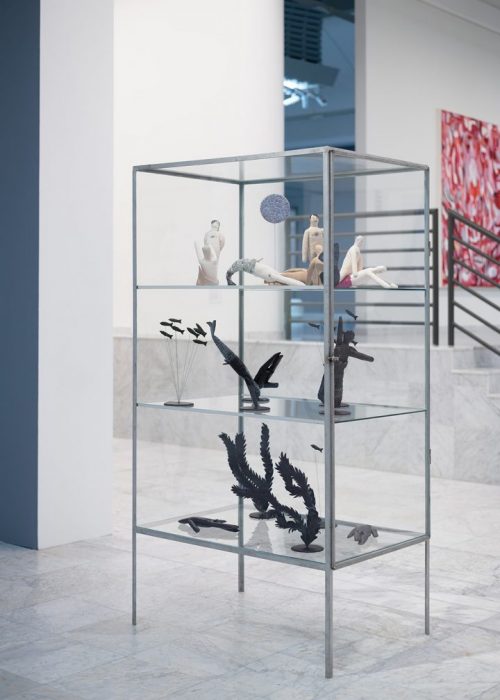
HJ: As the Director of Stavanger Kunstmuseum, do you approach collecting as a regional museum differently than a larger national or international museum? What is the relationship between the museum and local, national, and international artists in terms of the collection policy?
HBU: As a regional art museum in Norway I think we should be aware of the local art scene. We are a publicly funded museum and our government makes it possible to work as an artist in most parts of the country, which means that we have an active art scene even in a smaller city like Stavanger. However, being interested in collecting art from the local art community does not mean that we should collect exclusively from the region. The art museum in Stavanger also seeks to bring artists and works from other places to Stavanger, to build a collection of art historical relevance for the future. No artist exists in a vacuum. Everyone is part of the international scene with interesting connections that traverse national and continental borders. Hence the local art scene cannot be compared to the locally based artists from the 19th century, whose artistic practice was connected to the growing national identity.
We tend to collect international works in relation to exhibitions that we produce. This makes sense to us as a museum, since we invest a lot into researching our exhibition projects. And it goes without saying that any addition to our collection is something that requires thorough consideration, as it comes with a high cost for future generations.
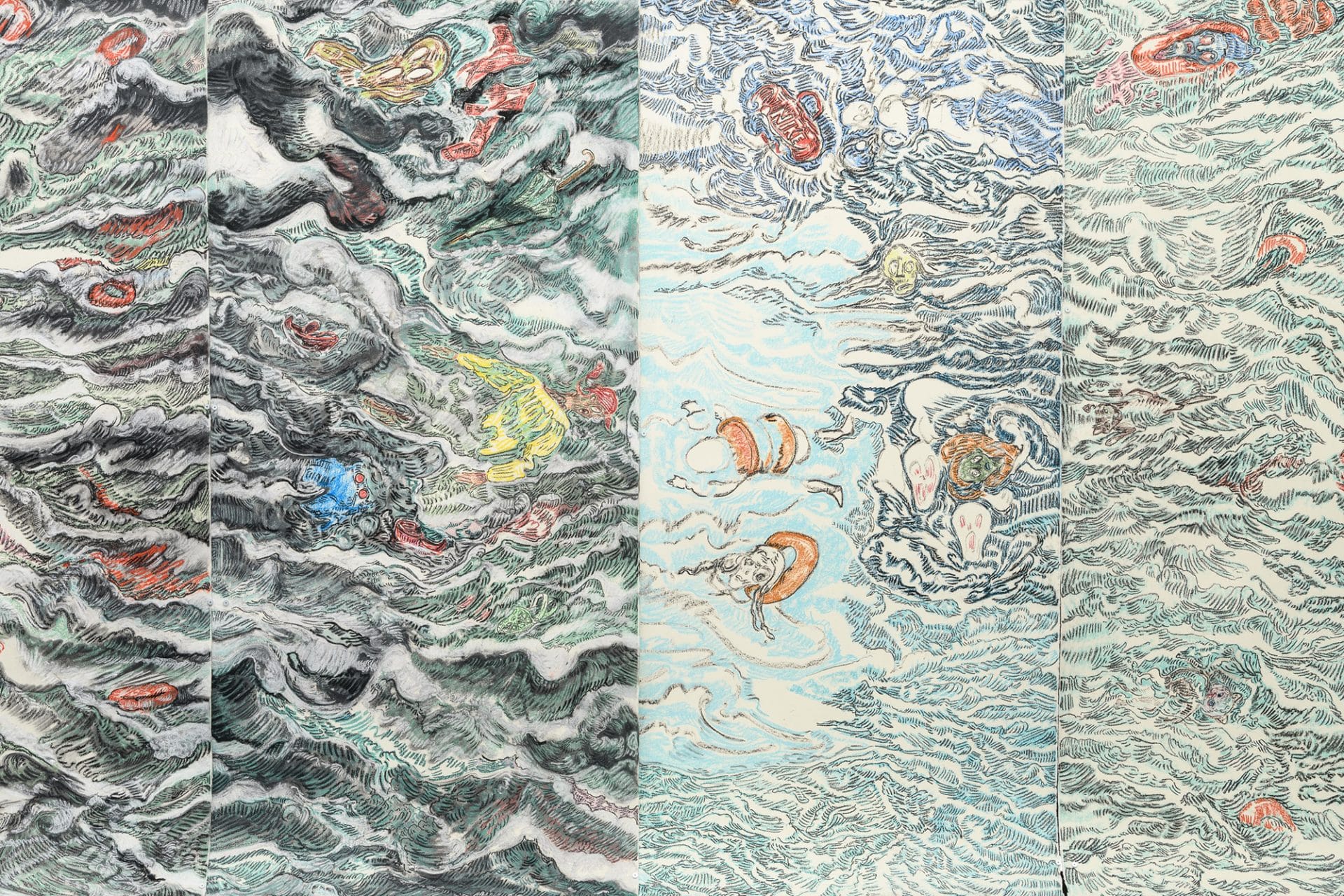
HJ: What are some of the most noteworthy and/or most recent acquisitions to the museum’s collection that people should be aware of?
HBU: Last year we acquired a large work by Vanessa Baird that was exhibited at Kunsthall Stavanger. This 14-panel drawing entitled, A little Red Coat, a Pair of Beautiful Blue Trousers and a Green Umbrella Lost at Sea, is the artist’s interpretation of the current refugee crisis in the Mediterranean. This large-scale drawing has visual references also to the Japanese prints from the 19th century that also influenced Frida Hansen’s work. The beauty and horror of this work makes it a strong artistic expression of the power imbalance that exists in the world today. We very much look forward to showing this work in the museum in the fall.
Another work that we acquired after our exhibition To Build a Collection is a large sculpture by the recently deceased artist Gunnar Torvund. His Natt (Night) from 1986 has the shape of a large wooden wall partly covered in tar. The work has a sense of brutality and at the same time a softness that, combined with the scale of the work (2,5 x 5 x 2,5 meters), leaves a strong impression. The work itself and the title allows for multiple interpretations and sadly resonates almost too well with the current situation in Europe.
I could talk at length about all the other wonderful works that have made their way into the collection for the last few years, but a full list is available on our website.
The need to inform people about the development of the collection and to share as much information as possible with the audience about works in the museum is a task taken very seriously by myself and the rest of the staff in the museum. We constantly strive to find room within our budget to photograph works and make them available online. One of the museum professionals who has inspired me is Charles Esche, the director at the Van Abbemuseum in the Netherlands. His innovative methods for activating the museum’s collection has resulted in engaging interactions between the collection and the public. Among other things, he is famous for an exhibition concept where the audience chooses the work from the museum’s database and then gradually builds the exhibition based on works they would like to see. This idea has been actively and successfully copied in numerous museums. I very much look forward to the day when we have all our works available online and can invite people to engage in this way.
But maybe there are other ways of doing this? The last few years spent behind computer screens highlight the need to be in touch with the physical artworks. Therefore, we are very interested in the concept of the open storage, also referred to as visible storage. Instead of locking the artworks away in hidden storage, all works can be stored in a facility that can also be visited by anyone, not just museum professionals. Last year, the museum Boijmans van Beuningen in Rotterdam opened Depot, a freestanding building in the park outside of the museum where the entire collection is stored and open for public visits. A similar concept would be wonderful for Stavanger and would give the audience a strong sense of ownership to the artworks in the collection, which today is a constant challenge for the museum.
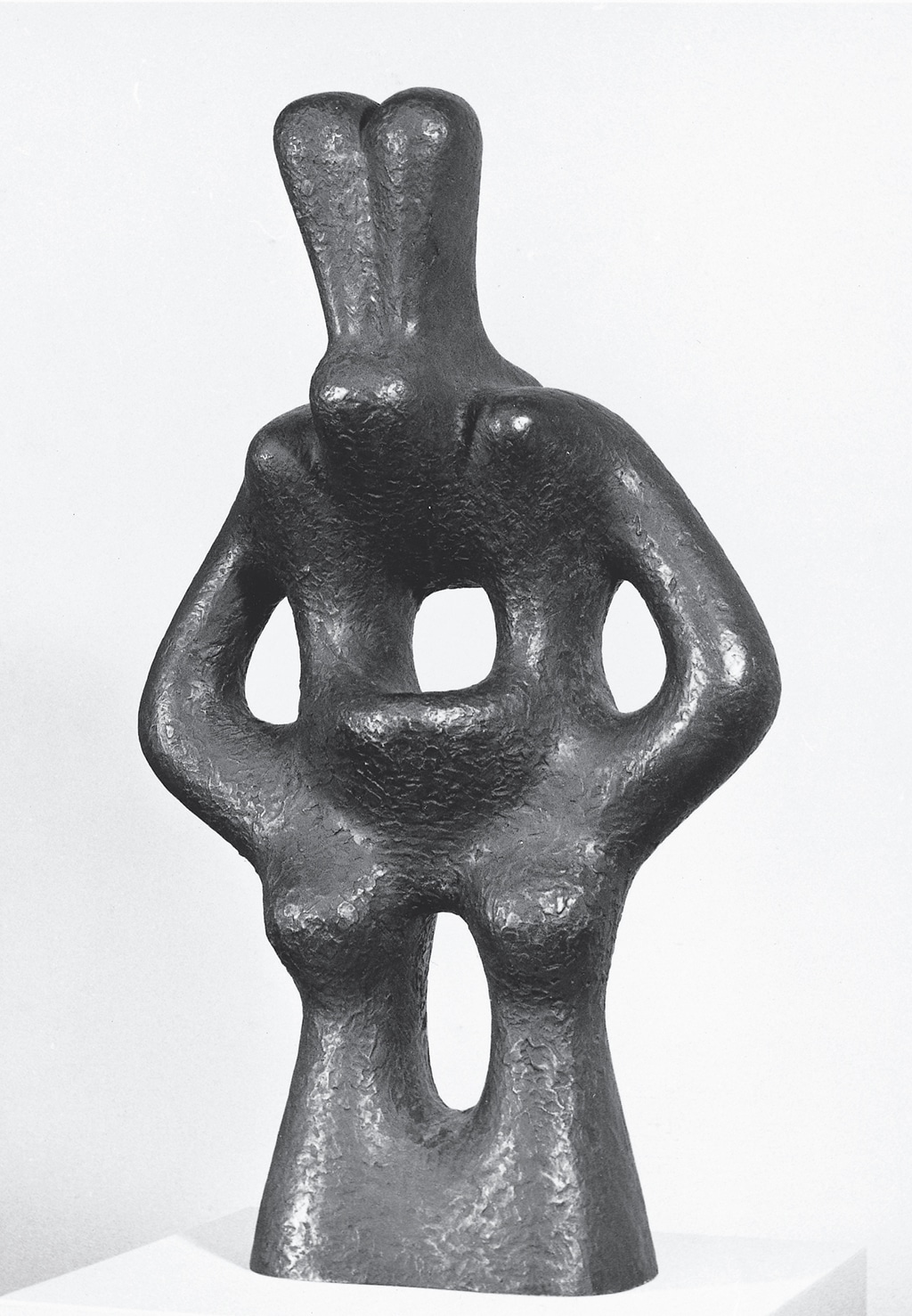
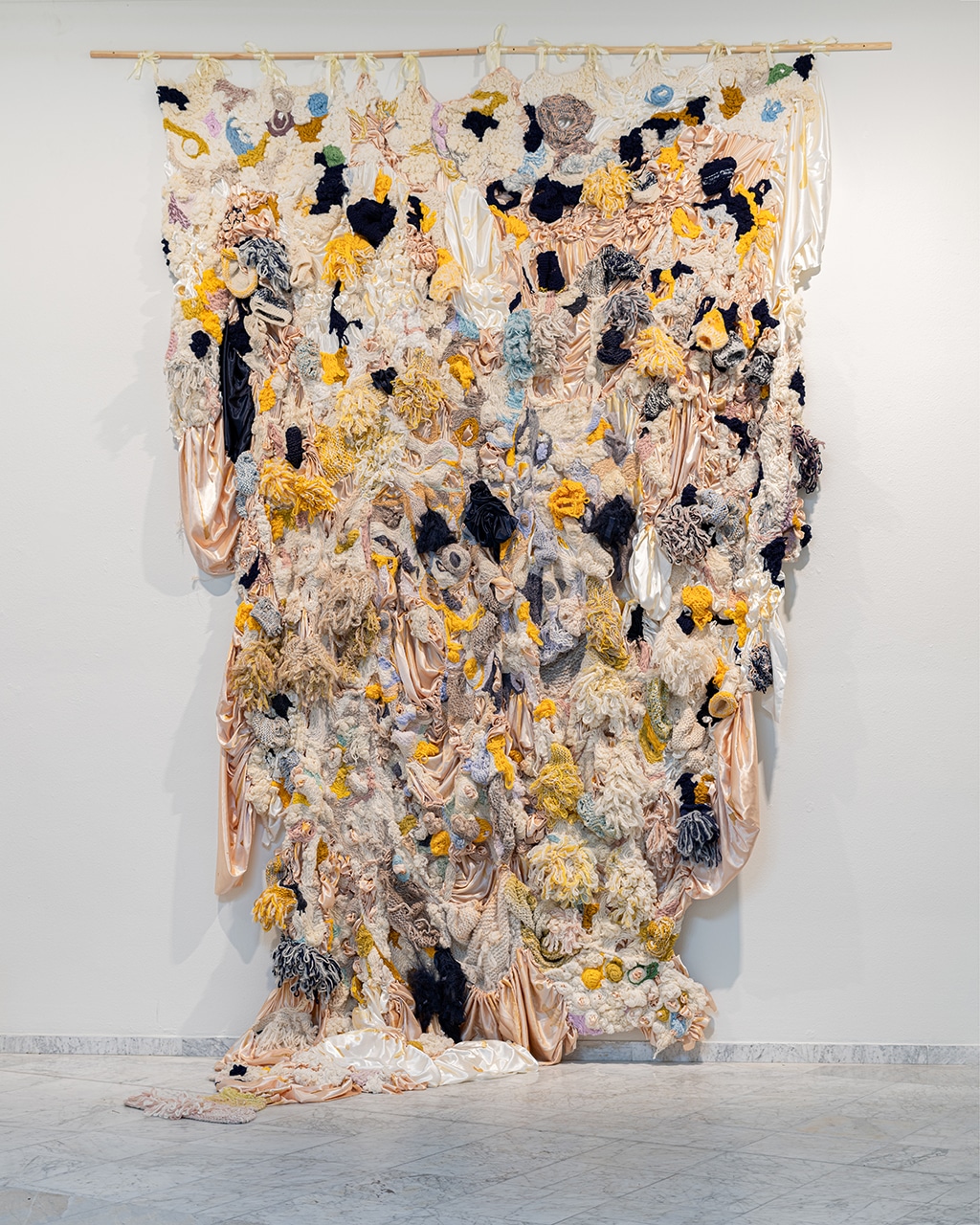
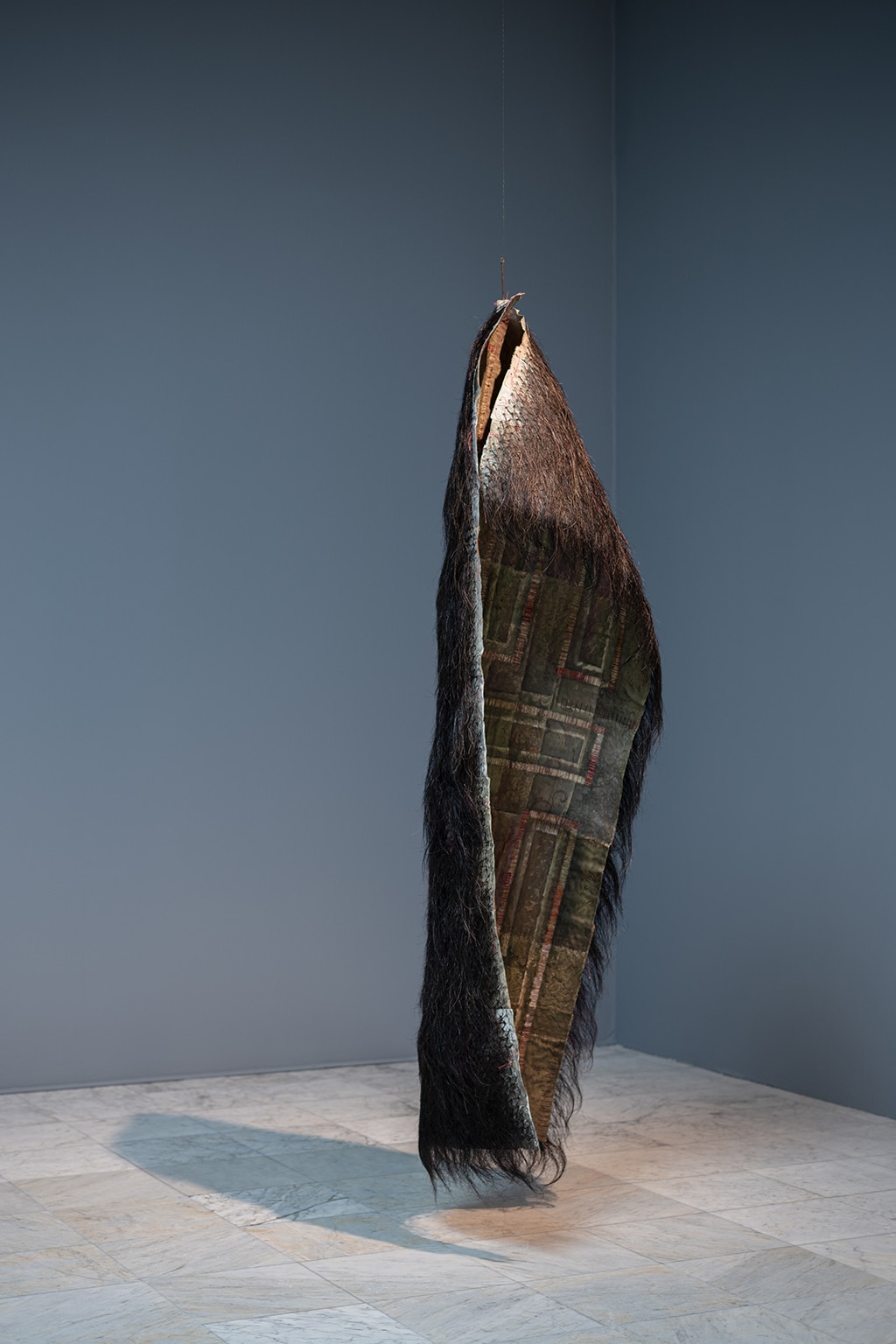
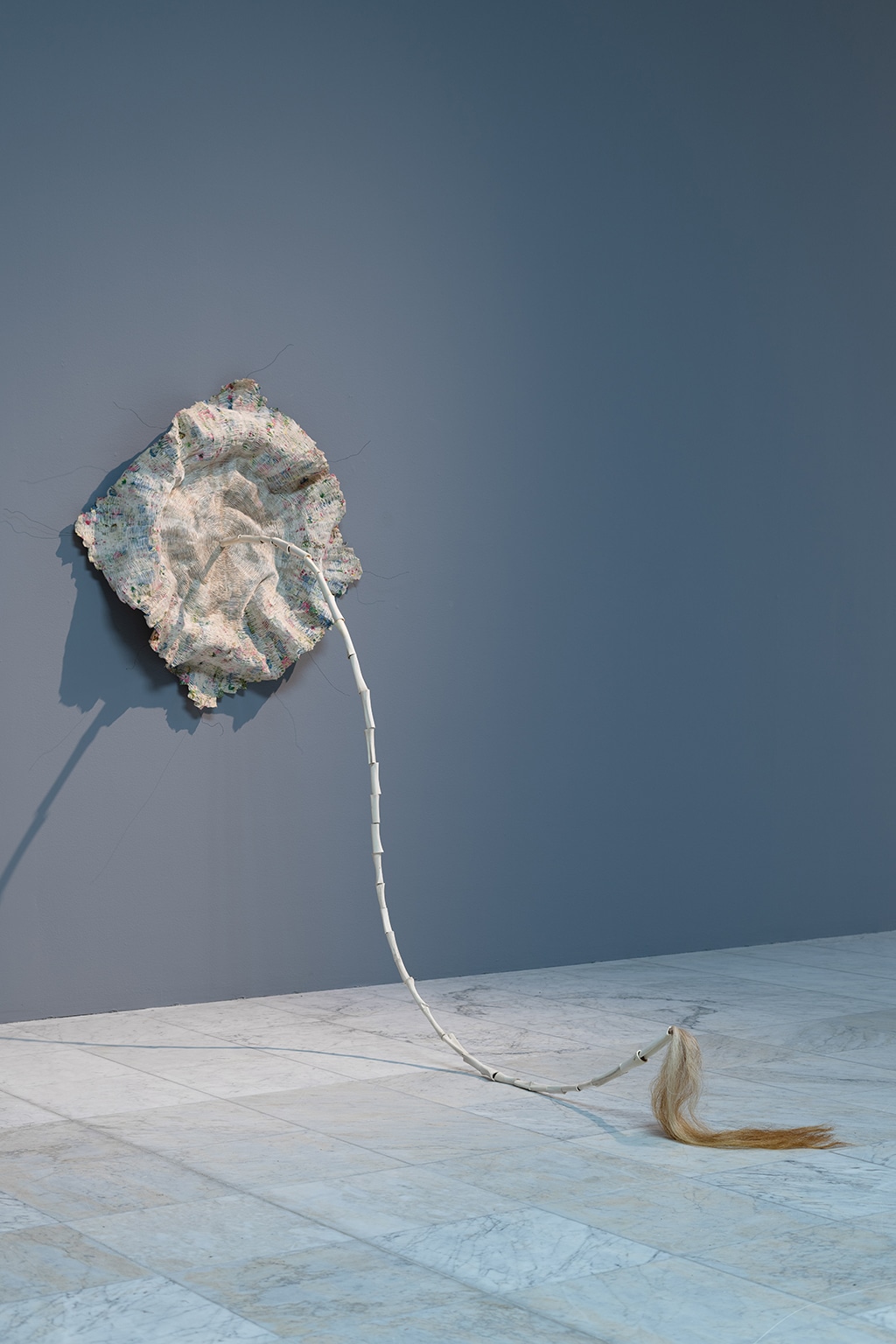
HJ: Stavanger Museum has a mandate to care for the historical collection while at the same time advancing and documenting contemporary art. How does the museum navigate the relationship between contemporary – and often temporary – exhibitions and its permanent collection?
HBU: Everyone involved in the art world knows what a challenge it is to keep oneself up to date on interesting artists, exhibitions, and tendencies within the art world. The answer to this is of course to read, to travel, and stay updated on leading galleries and institutions. The last couple of years have been challenging when it comes to travelling and we have all had to see a lot of artworks online. To be a small, publicly funded art museum also means that we have very limited budgets for travelling, so we often must prioritize where to go and what to see. Of vital importance is our staff’s experience from the art scene and connections to relevant networks.
We often find inspiration in the museum’s collection and we also find that relevant contemporary themes resonate with historical works in the collection. One example is the ecological perspective present in the exhibition Flora – between plants and people that Vibece Salthe curated in 2019. The eco-philosophical perspectives present in this contemporary art exhibition had interesting historical derivatives in the primeval forests in Lars Hertervig’s paintings or Kitty Kielland’s interest in the farmers’ transformation of the landscape of Jæren in her peat bog paintings. And when we presented Kitty Kielland’s artistic practice in a monographic exhibition in 2017, we invited contemporary artist Marianne Heier to respond to Kielland’s ideas through her new work O, a performative work with references both to the landscape (ecology) and to a strong feminist legacy expressed through language and movement. The work was later included in the museum’s collection.
Other times we can address subjects with our temporary exhibitions that we find lacking in the collection. The current exhibition Experiences of oil is a good example. The subject of oil extraction, so vital to our region, has only to a very limited extend been included in our collection in the past. This has changed with the in-depth research that went into the conference, the exhibition, and the book that was produced alongside it. Four of the works present in the exhibition are now included in the collection, namely Monira Al Qadiri’s, Or-bit 1, Shirin Sabahi’s Pocket Folklore and Mouthful, and Christopher Cozier’s turbulence.
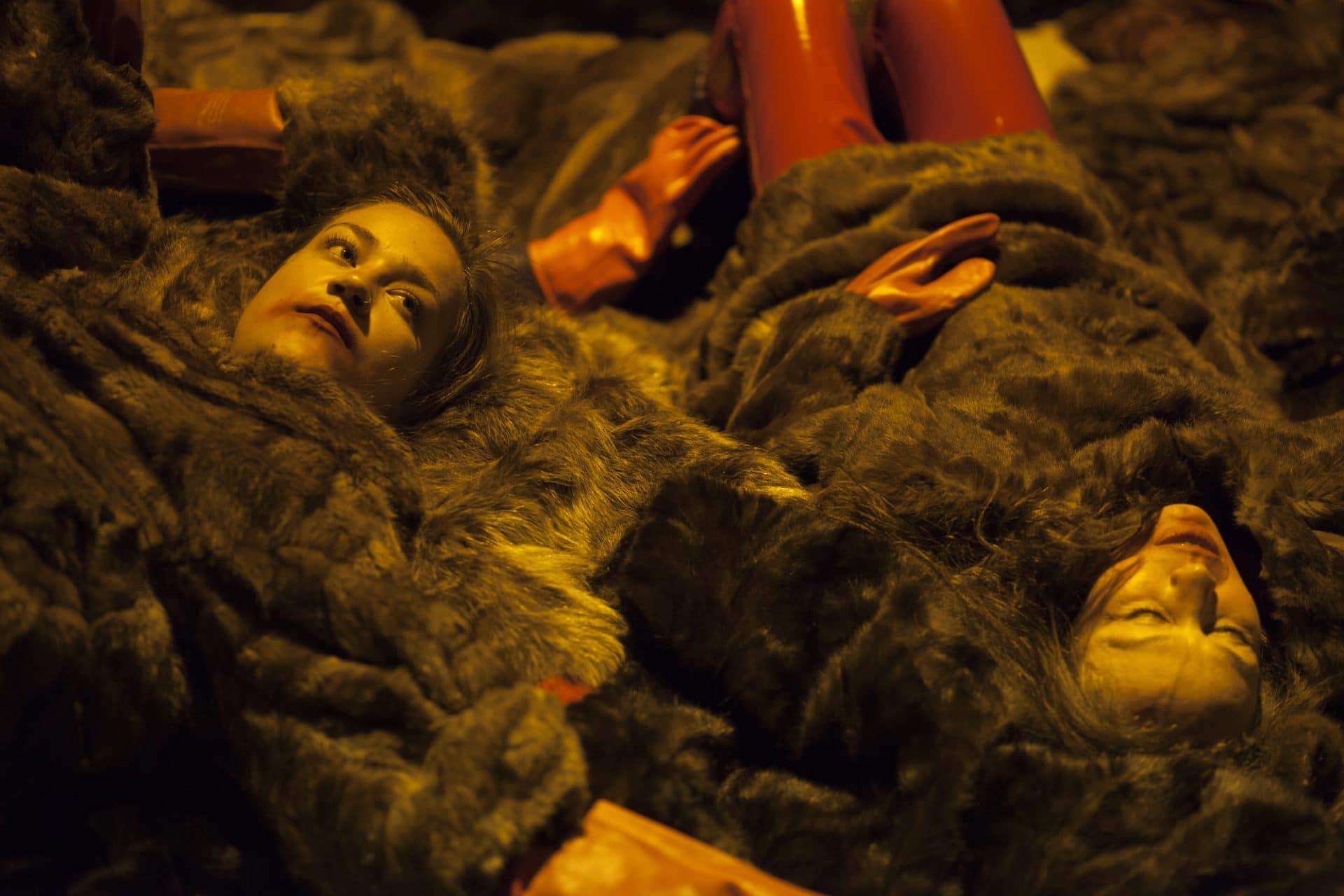
HJ: What can viewers expect from Stavanger Kunstmueum in the coming years? What are the goals of the museum’s collection moving forward?
HBU: We are living in frightening times where fundamental human rights are violated and our democratic values are challenged. In such a demanding situation, we must be aware of the role of the art museum in society. Museums are meeting places, arenas for free thinking and new ideas, as well as the caretakers of our cultural heritage. One of our goals is to underline the importance of the works that are in our collection, and these days we are working on our plan to strengthen the research on the art of Lars Hertervig and the possibilities to show his works to an international audience. It is of great importance to the art collection in Stavanger that we are able to include our “local” artists into the international art history that they are part of. To do this we need to produce new research in other languages and also show the works of these artists in exhibitions abroad.
It is equally important to strengthen the art museum’s role in local society. We are looking forward to further developing studio NONA, our creative space for children and families that opened just before the restrictions following covid-19 shut the museum down in spring of 2020. With new exhibitions planned for the summer and coming years, we hope to vitalize this space and underline the importance of creative activities for young people in the years to come. Our upcoming exhibition program also aims at engaging a young audience and underlining the importance of art in everyday life. This autumn’s exhibition Ruth Asawa – Citizen of the Universe will take the artist’s own vision of the importance of living with art and involving young children in art activities into consideration on many levels.
We hope to be able to expand and develop the collection with vital new acquisitions in the years to come. To do this we need to figure out how to take proper care of the works we acquire. The storage situation needs to be developed with an eye towards the future. Would it be an interesting idea for Stavanger to look at alternative models for art storage? I previously mentioned Depot in Rotterdam. We will go there this summer to view this model and to ask ourselves if this could be an interesting solution for the future.
Later this year we will mark the celebration of 30 years since the opening of the Art Museum here in Stavanger. Then everyone will be invited to a discussion on the role of Stavanger Art Museum both currently and in the future!
Hanne Beate Ueland (b. 1975) is Director, department of art, Stavanger Art Museum since 2014. From 2003 to 2014 she was curator at Astrup Fearnley Museum of Modern Art in Oslo. Ueland is art advisor for Sparebankstiftelsen DNB’s project Skulpturstopp. She has also been a jury member for OCA (2017-19), jury member for Sandefjord art association’s art price (2014-19), on the board for the Norwegian Museum Association (2014-2020), board member of NORDIK, Nordic association for art history (2009-2015) and Oslo Open (2003-2011). From 2001-2003 she worked as an education coordinator at Bergen Art Museum. Ueland holds a master’s degree in the History of Art from the University of Bergen (2000).


